The world of motorsport has long been dominated by the roaring engines and blistering speeds of Formula 1, but in recent years, Formula E (FE) has emerged as a compelling alternative with its focus on sustainability and electric power. While both series share the common goal of pushing the boundaries of automotive technology, their approaches differ significantly. One of the most intriguing aspects of FE is its use of the "Attack Mode," a feature that has no direct counterpart in F1. Understanding why FE relies on this unique mechanic requires a deeper look into the fundamental differences between the two racing formats.
The Nature of Electric Racing
Unlike F1 cars, which rely on internal combustion engines and hybrid systems, FE vehicles are powered entirely by electricity. This distinction brings with it a host of challenges, particularly in terms of energy management. Electric batteries, while highly efficient, have limitations in terms of energy storage and discharge rates. In a race where every joule of energy counts, drivers must carefully balance their speed with their battery consumption. This is where the Attack Mode comes into play. By providing a temporary power boost, it adds a layer of strategy that is absent in F1, where fuel consumption, while important, is not as restrictive as battery life in FE.
The Role of Overtaking
Overtaking in F1 is often a straightforward affair, relying on raw speed, aerodynamics, and tire management. FE, on the other hand, faces unique challenges due to the nature of electric motors. The instant torque delivery of electric powertrains means that acceleration out of corners is fierce, but top speeds are generally lower than those of F1 cars. This makes traditional overtaking maneuvers more difficult, especially on tight street circuits where FE races are typically held. The Attack Mode helps mitigate this by giving drivers a short burst of additional power, creating opportunities for strategic passes that would otherwise be hard to execute.
Energy Allocation and Race Strategy
In F1, race strategy revolves around tire choices, pit stops, and fuel management. FE, however, places a greater emphasis on energy allocation. The Attack Mode is not just a power boost—it’s a calculated trade-off. To activate it, drivers must deviate from the racing line and pass through a designated zone, losing time in the process. This creates a delicate balance: when should a driver sacrifice position to gain a temporary advantage? Such decisions add a cerebral element to FE racing, making it as much a game of chess as a test of speed.
Fan Engagement and Spectacle
F1 has decades of history and a global fanbase, but FE is still building its audience. To captivate viewers, the series needs to deliver excitement in ways that differentiate it from traditional motorsport. The Attack Mode is a masterstroke in this regard. It introduces unpredictability, forcing drivers to adapt their strategies on the fly. Unlike F1’s DRS (Drag Reduction System), which is often criticized for making overtakes too easy, the Attack Mode requires skill and timing. This not only enhances the spectacle but also gives fans a unique talking point—something distinctly "FE."
The Sustainability Angle
FE’s mission extends beyond racing; it’s a platform for advancing electric vehicle technology. The Attack Mode underscores this by highlighting the importance of energy management in real-world electric cars. While F1 focuses on pushing the limits of hybrid power, FE is about optimizing efficiency. The Attack Mode, with its emphasis on strategic energy use, mirrors the challenges faced by everyday EV drivers—how to maximize performance without draining the battery prematurely. In this sense, FE is not just a race but a proving ground for the future of transportation.
Conclusion: A Necessary Innovation
The Attack Mode is more than a gimmick—it’s a necessary innovation tailored to the unique demands of electric racing. Without the roaring engines and sheer speed of F1, FE needed a way to keep races dynamic and engaging. By integrating strategy, energy management, and overtaking opportunities into a single mechanic, the Attack Mode achieves just that. It’s a testament to how FE is carving its own path in motorsport, one that respects the limitations of electric power while delivering thrilling competition. As the series continues to evolve, the Attack Mode will likely remain a cornerstone of its identity, setting it apart from its fossil-fueled counterpart.
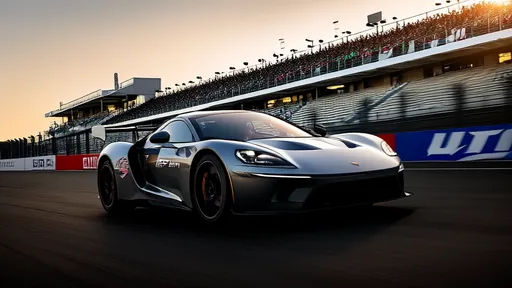
By /Jun 14, 2025
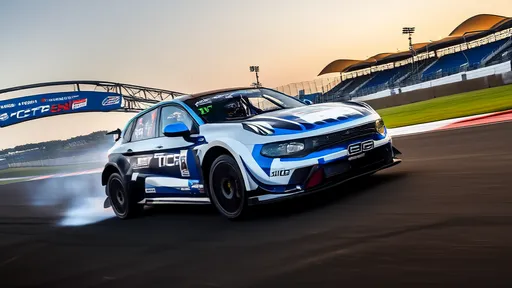
By /Jun 14, 2025
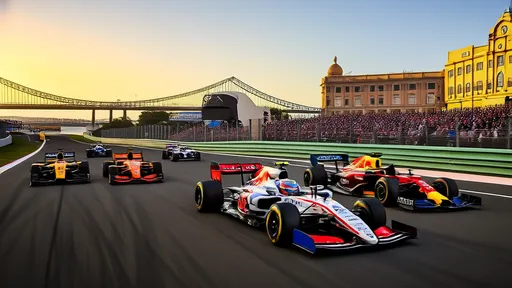
By /Jun 14, 2025
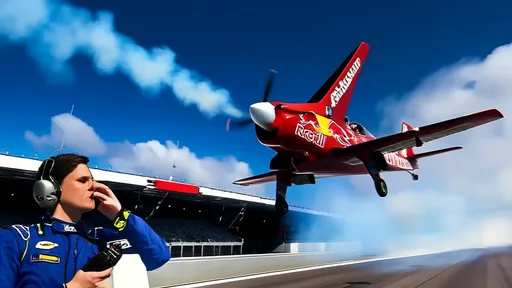
By /Jun 14, 2025
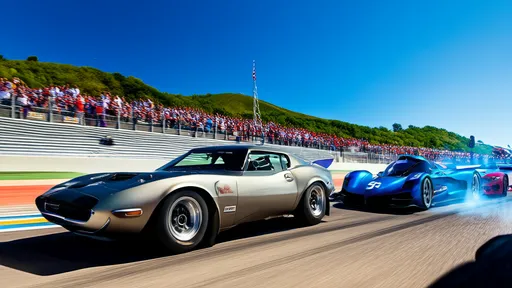
By /Jun 14, 2025
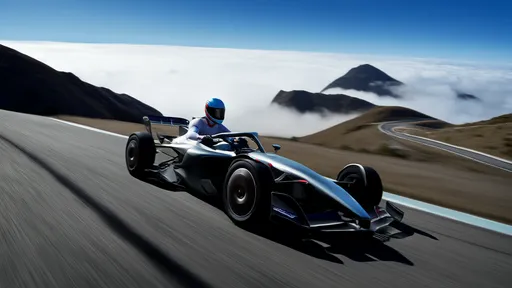
By /Jun 14, 2025

By /Jun 14, 2025
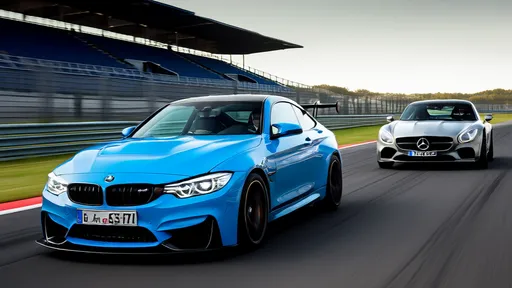
By /Jun 14, 2025
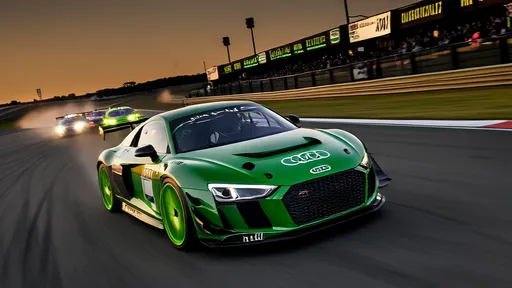
By /Jun 14, 2025

By /Jun 14, 2025

By /Jun 14, 2025
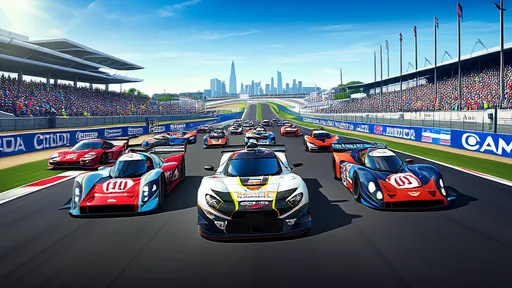
By /Jun 14, 2025
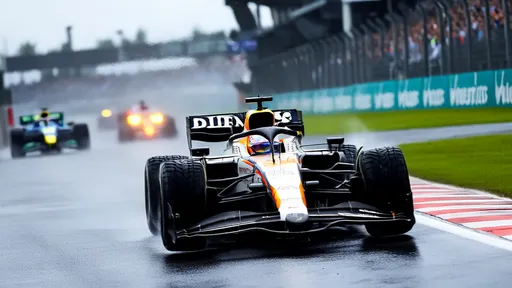
By /Jun 14, 2025

By /Jun 14, 2025

By /Jun 14, 2025

By /Jun 14, 2025
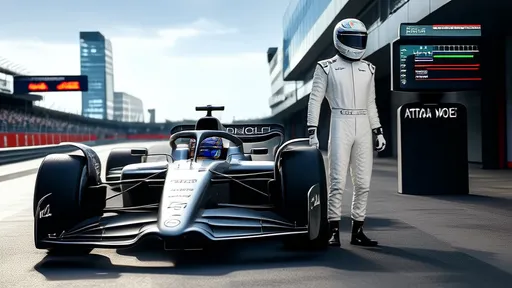
By /Jun 14, 2025